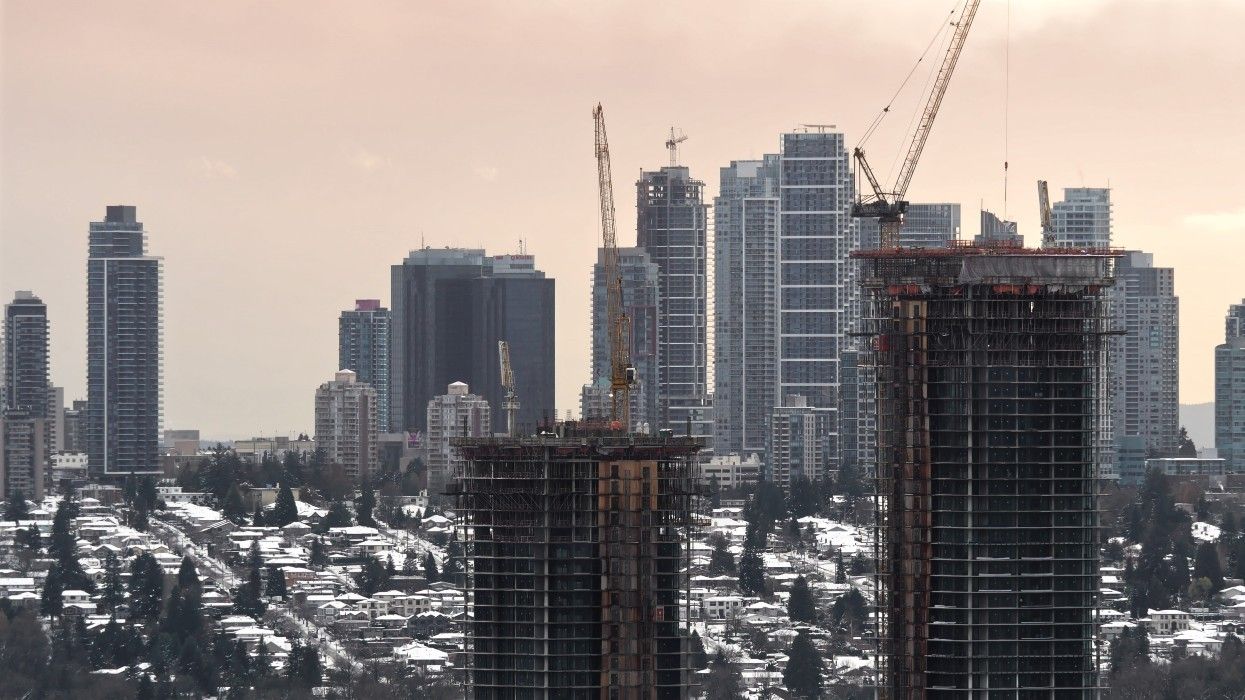In November, the Province of British Columbia announced that it would introduce a new development financing tool that would streamline the development timelines that often hold cities back from building housing faster.
That new tool, introduced via Bill 46, the Housing Statutes (Development Financing) Amendment Act, is the creation of amenity cost charges (ACCs) along with changes to how development cost charges (DCCs) and community amenity contributions (CACs) currently work.
Currently, DCCs — which are called development cost levies (DCLs) in the City of Vancouver — are charged by municipal governments on all new development projects and typically have set rates that are payable early on in the approval process. The funds that municipal governments collect from DCCs are limited in what they can be used for, however, specifically to cover costs associated with growing infrastructure, such as roads, sewers, or drainage.
CACs are typically charged on projects that require rezoning, and although cities typically have listed rates, they are often subject to negotiations between the City and the developer behind close doors — regarding the amount, as well as whether they will be delivered in the form of a physical amenity space or as a cash contribution — in a process that can potentially drag out and hinder the speedy delivery of housing. Like DCCs, CACs are also limited in what they can be used for, such as parks, childcare facilities, and community centres.
With the new changes, the Province is expanding what DCCs can be used for and weakening CACs, while introducing more efficient ACCs to allow local governments to continue recovering the costs of growth in their communities.
Now, DCCs and DCLs can also be used for fire-protection facilities, police facilities, and solid-waste facilities. Cities will also be able to collect them on provincial highway infrastructure projects.
For CACs, they are being indirectly de-emphasized with the other pieces of legislation the Province has introduced in recent months that effectively pre-zone large swaths of land, which results in fewer projects requiring rezoning and thus fewer instances where local governments can collect CACs.
The newly created ACCs can then be collected and used for community amenities such as community centres, recreation centres, childcare facilities, and other public spaces. They are not dissimilar to what CACs can be used for, except ACCs will have to be charged at set rates — eliminating the negotiation process — and upfront in the development process, like DCCs.
Additionally, while CACs can be collected on affordable housing projects, cities currently have the option of waiving CACs on such projects. For the new ACCs, the Province is taking that out of the hands of the cities and restricting ACCs from being charged on affordable housing projects, although the Province has not yet provided a definition of "affordable."
The changes to DCCs will be in effect across the province, but whether local governments want to use ACCs is optional — although many undoubtedly will, due to the reduced impact of CACs.
City of Burnaby
One of the first local governments to officially get on board with ACCs is the City of Burnaby, which considered a set of proposed ACC rates during a special council meeting earlier this week.
The City is proposing ACC rates of $28,993 per residential lot for low-density residential developments, $20,295 per residential unit for medium-density residential developments, and $14,497 per residential unit for high-density residential developments. Additionally, a rate of $65.23 per sq. m of gross floor area is also being proposed for commercial developments.
The proposed rates for low-density residential developments were also provided on a floor area basis, as Council previously requested, but the City now plans to proceed with the rates on a per unit/lot basis.

In a report to Council on the subject, City staff said that they are anticipating a population growth of between 1% and 2% annually over the next 25 years — about 100,000 new residents. The City estimates that the current population is around 250,000.
As a result of that, and the various pieces of legislation the Province has introduced to usher in new housing, "the City is advancing toward a DCC and ACC model for growth-related expenses such as larger facilities, increased and improved park spaces, increased water, sewer, and drainage flows, policing and fire needs, and transportation impacts, rather than focusing funding solely on a voluntary, and cyclical, CBB program."
In Burnaby, CACs are referred to as community benefit bonuses (CBBs), and explaining the shift away from relying on CBBs and towards ACCs, City staff note that CBB charges will still be available, but that "the amount of those contributions and the extent to which the City will be able to use those funds is unknown at this time" — the exact intended result the City was aiming for.
On Monday, Burnaby City Council also approved its new Development Permit Transition process, which adds a new development permit stage between the rezoning application and building permit stage. Burnaby was the only major BC municipality that did not have a development permit stage, which is often used to regulate form and character of development, instead, relying on the rezoning process, which is becoming de-emphasized with the provincial shift towards pre-zoning.
City staff also note that the new DCC and ACC-centric program "is not a panacea for all infrastructure costs" and that other funding tools, including taxation, will be critical and have to be considered.
City staff are expected to present finalized rates for approval on March 25, where Council can grant a first, second, and third reading. The amended DCC bylaw will then need to be approved by the Provincial Inspector of Municipalities, before returning to Council for final approval.
The City says it is aiming for the new DCC and ACC rates to be in place before June 30, 2024, with the rates to be refined and adjusted within the next two years, coinciding with the approval of the City's new Official Community Plan and Zoning Bylaw.





















